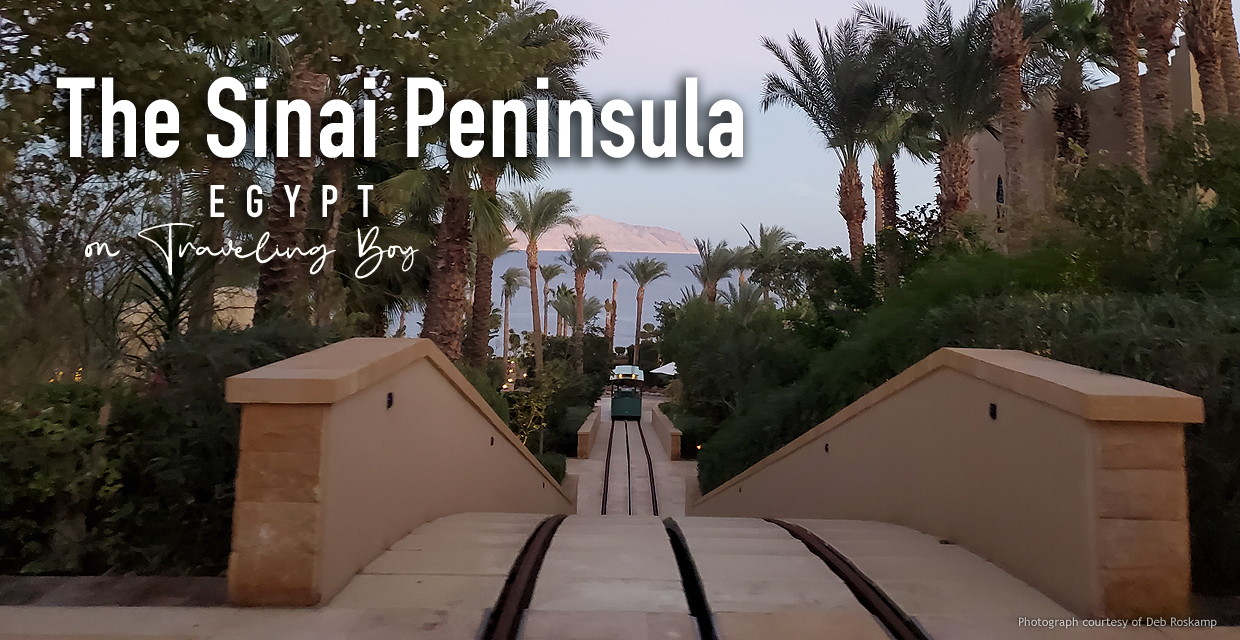
By Ed Boitano, photographs by Deb Roskamp noted in the text.
After our UNIWORLD Nile riverboat arrived in Luxor, we flew back to Cairo and then to Sharm El Sheikh International Airport on the Asian side of Egypt. To say we were sleep deprived and weary was an understatement; we were overwhelmed by all the knowledge which we had enjoyed and absorbed, but the daily 5 a.m. wake up calls on the Nile riverboat had clearly taken its toll.
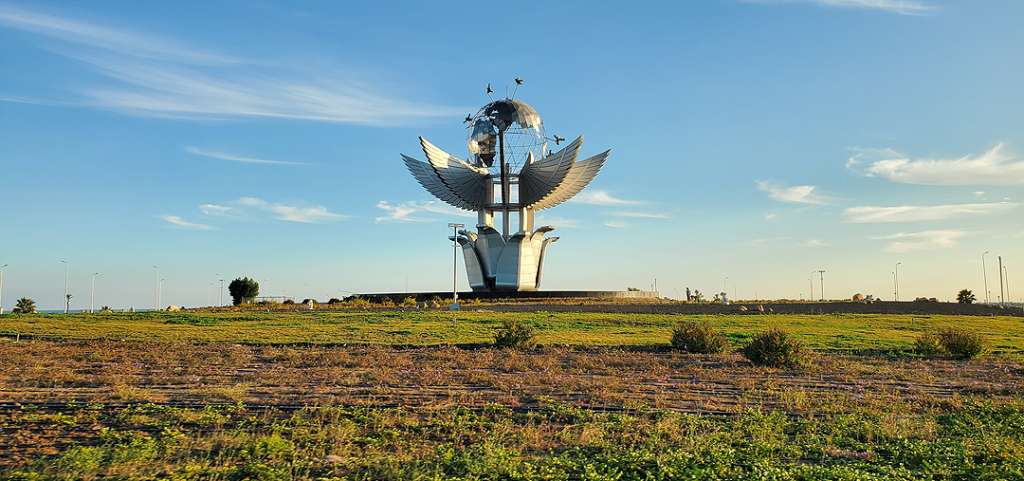
As our van arrived in Sharm El Sheikh, we were weary no more. For we were greeted with something which we found to be profound and very much more; the Icon of Peace, the symbol which serves to remind us that someday the world will no longer live with senseless wars. The Icon of Peace is the tallest and largest peace icon in the world, which stands at 113 feet. It consists of three parts; the middle has Welcome, written in many languages, the right bears a map of Sharm El-Sheikh, while the left displays a map of the nation, in which we currently stood.
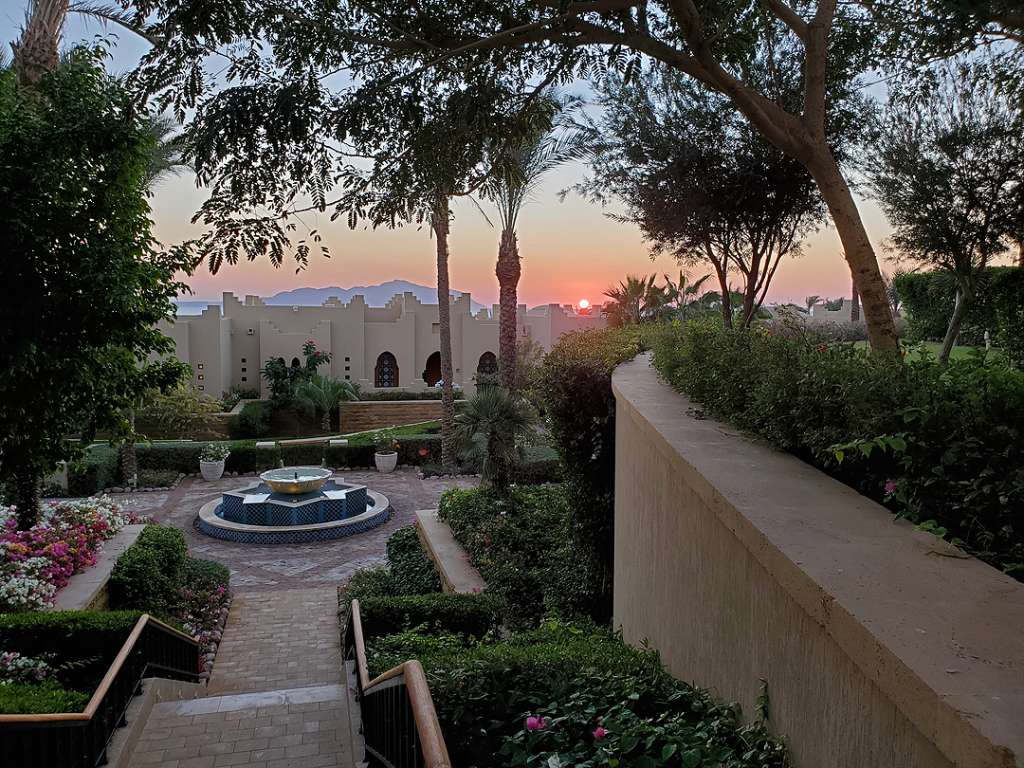
After we checked into our suite at the Four Seasons Resort Sharm El Sheik we were impressed with its spaciousness, amenities and tasteful design. Our balcony garden seemed more like an open-air room for a Saudi prince, complete with fire pit, lounge chairs and couches, and large colorful pillows. But, we had had an unrealistic vision of what our time at a real Sharm El Sheikh luxury resort would really be like; imagining that we could simply jump from the balcony of our suite and charge into the Red Sea with snorkeling gear and towels.
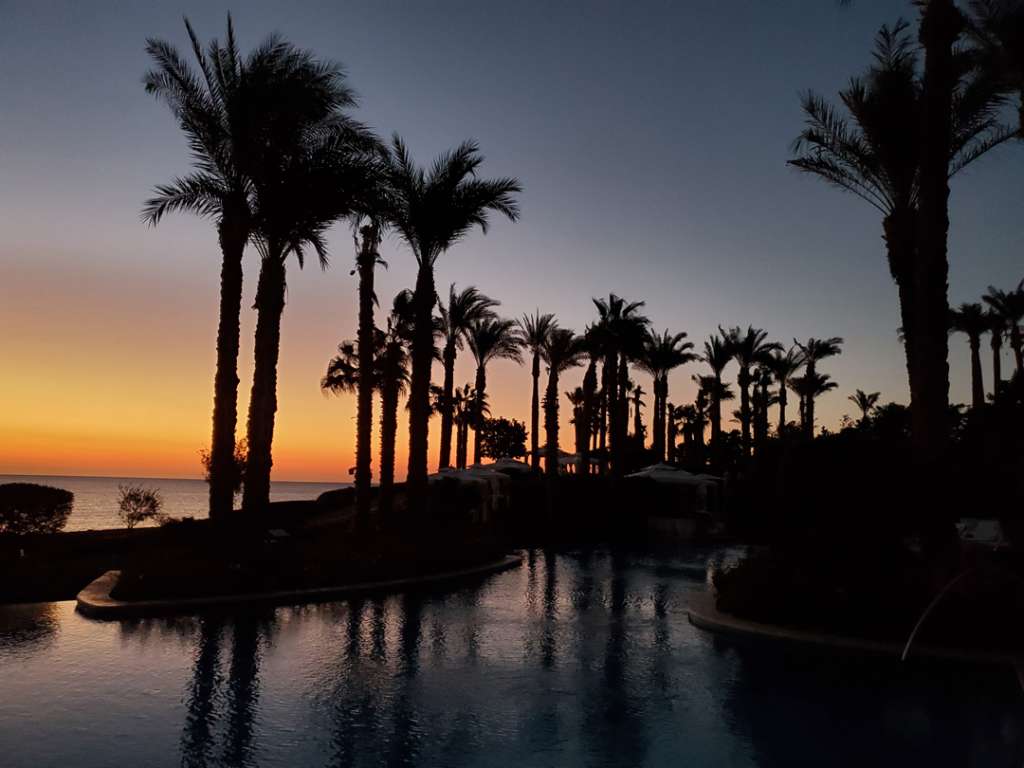
The Red Sea was in the distance, and we were able to catch a few glimpses from the shore, though we weren’t actually sure where it parted for the prophet Moses who escaped the wrath of the pharaoh’s soldiers. Some believe the date is in the 13th century B.C.E., and the pharaoh was Ramesses II, who is often regarded by Egyptologist as the greatest, most celebrated and most powerful pharaoh of the New Kingdom of Egypt. After ruling Egypt for 66 years, he left a legacy of new cities, temples and monuments, along with the slaves and bounty he had collected from other empires. The warrior pharaoh had also been busy, winning 15 military campaigns, but not too busy to father over 100 children and have 200 concubines and wives, which included his favorite, Queen Nefertari, still regarded as the most beautiful woman throughout Egypt today.
And now back to the man we call Moses and his crossing of the Red Sea, which is defined in the Book of Exodus as the liberation of the people of Israel from Egyptian slavery. And it was God’s plan for Moses to find the Promised Land; a name often used as a metaphor, for the promise of better things still yet to come.
A few things we learned
But the Israelites failed to obey God, almost immediately breaking commandments by indulging in idolatry. Because of their lack of loyalty to the God who had just liberated them from tyranny, he punished them with 40 years of wandering through desert wilderness before being able to enter the Promised Land. – Attributed to Bible Tools.
It took Moses 40 years through the desert in order to bring us to the one spot in the Middle East that has no oil – Attributed to Golda Meir, fourth prime minister of Israel from 1969 to 1974.
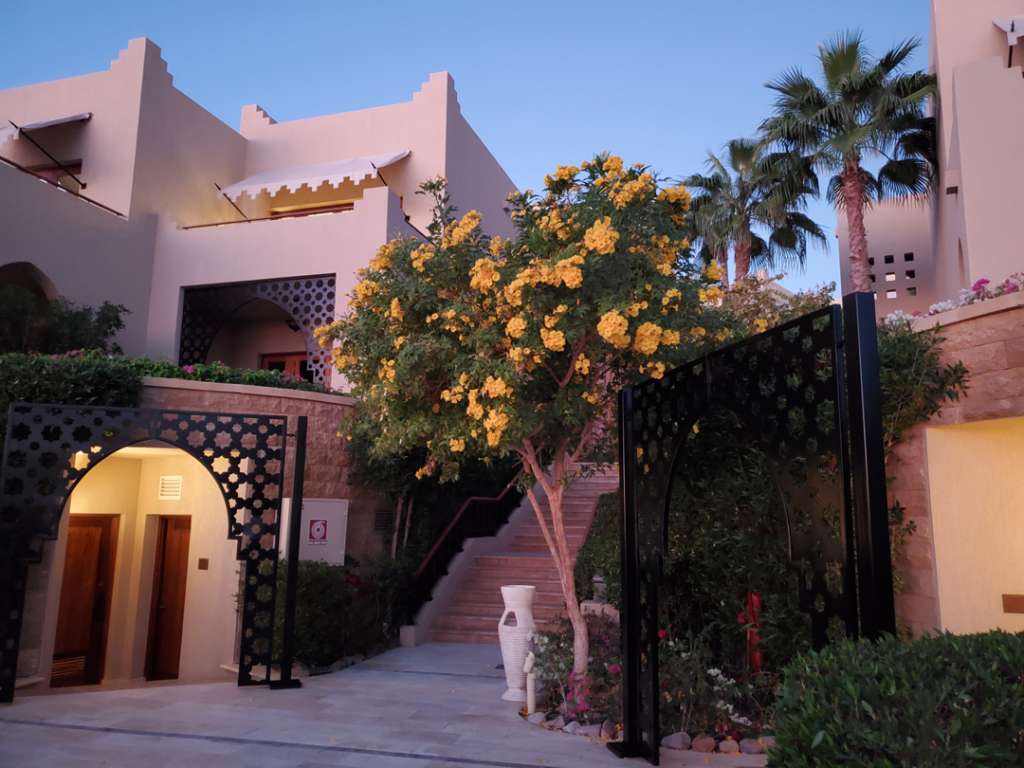
After upacking, we took comfort in our suite at the Four Seasons Resort Sharm El Sheik, we were surprised that walking to the beach, or going to restaurant, required a pickup by a golf cart driven by a polite member of the staff. We had no choice but to embrace this new world of luxury and golf carts, driven over intricately designed cobblestone paths. We were clearly outside of our element, but it became something we struggled to endure. And by the mention of a restaurant, our well-versed driver would not hesitate to drive us there.
We were awestruck by the themes of the many restaurants, which ranged from Lebanese, Japanese and Mediterranean to morning breakfasts and starlight feasts, all on the edge of the Red Sea. We noticed one was named, Waha, believed to mean mouth in English, or, in my case, a rather loud one.
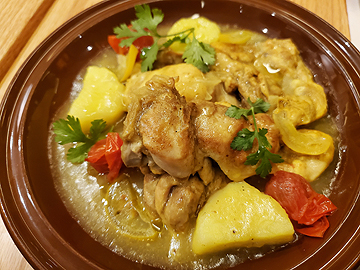
Arabesque served unique Egypt dishes, many of which were unknown to us. And our palates were not disappointed when we sampled many of the new recipes; Warm Rahe, made with charred aubergine caviar, red capsicum, lemon confit, aged homemade pomegranate molasses, roasted walnuts, and pomegranate kernels; Muhammara, which includes mild spiced red capsicum, breadcrumbs, garlic, chili paste and nuts; as well as Zitounia‘s, onions, sweet capsicum, Roma tomatoes, marinated crushed olives, pomegranate, almonds, pine nuts and lemon dressing.
In one early morning, as I returned to our patio table after one too many trips to its buffet breakfast bar, it was easy to marvel at the tranquil surroundings of well-manicured vegetation and palm trees, set in traditional Egyptian décor. With a fragrant soft breeze gently blowing from the Red Sea, we felt as if we were in an Arabian fairy tale. But then realized, that this could pass for a fairytale setting at many other five-star resorts – like the one in Tahiti, where we once paddled and swam, or in South Beach, Florida, or at the beaches in Ecuador – before the realization struck me that I should simply seize the moment, where deep contemplation should be ignored, and continued to bask in the restaurant patio’s new found world of luxurious galore.
Sharm El Sheikh (Bay of the Senior) is also known as the City of Peace, due to the many International Peace Conferences that have been held within its boarders, which has included the U.S. Commander-and-Chief, the very active and never sleepy, President Joe Biden. Apparently, it’s still yet to be determined if America’s last and final emperor’s invitation was lost in the mail.
As one of the Egypt’s important Asian cities, Sharm El Sheikh is a vastly growing one with international five-star resorts on southern tip of the Sinai Peninsula, along the Red Sea.
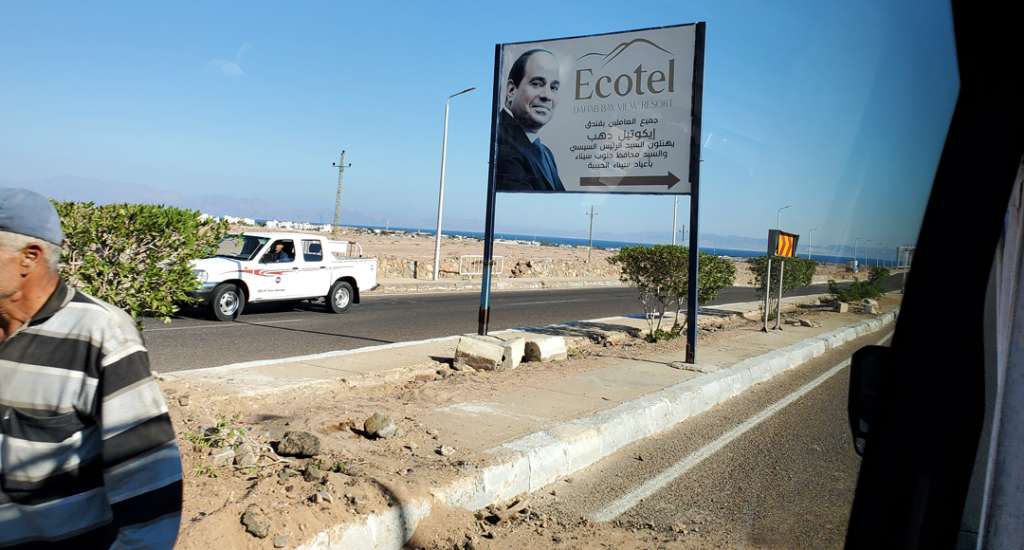
It was easy to notice many Russian tourists in its coastal towns, which I had assumed were primarily from landlocked Russian states, where it is considered a good deal for a two-week vacation without a visa at $1500 U.S., or with something less than palatial, for $500. As for our own lodging at the Four Seasons Resort, my photographer gently informed me, it seemed a little bit more than we thought.
Outside of the resorts, Sharm El Sheik pulsated with nightclubs, light shows, golf courses, world-class shopping and handicraft stands. In a sense, Sharm El Sheik defined consumer consumption, with tourist who were more than ready to hand out their money. This we understood, for statistics indicate that a tourist’s favorite past time while on vacation, is simply doing that.
The city fathers have devoted time to conservation where the southernmost tip of the peninsula has been designated as a national park, protecting the area’s wildlife, natural landscape, shoreline and coral reefs.
Sharm El Sheik also serves as an important component for tourism outside the resorts – tourism is Egypt’s third largest industry – with treks to St. Catherine’s Monastery, located at the foot of Mount Sinai, and considered the world’s oldest continuously inhabited Christian monastery.
But Who Are The Bedouin?
I and my brother are against my cousin, I and my cousin are against the stranger. – A widely quoted Bedouin apothegm.
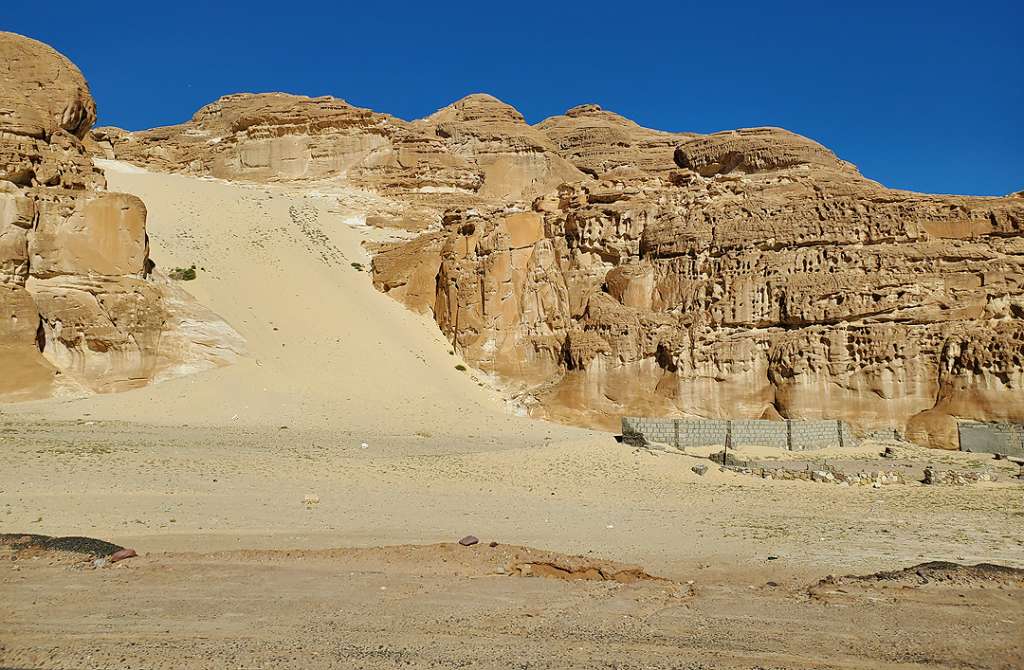
As we continued our trek deep into the Sinai Peninsula’s endless desert sand, I noticed the remnants of many Bedouin camps.
But exactly who are the proud people in this waterless desert land? Our all knowing guide, Salaam, replied, “The Bedouin originated in the Syrian and Arabian Deserts, and soon spread across the rest of the Arab world, primarily in West Asia and North Africa due to the advent of Islam. They consist of nomadic Arab tribes who live in the desert regions. Bedouin means desert dweller, and they are traditionally divided into tribes or clans, sharing a common culture of herding camels, sheep and goats. And also adhering to a culture of poetry recitation, music, religious festivals and sword fighting rituals. There is a Bedouin expression, a knife is never just a knife; for it serves as a symbol for their love of country, home and lineage. Unlike Western civilizations, courage is not defined just by prowess in battle, but also in patience, suffering and dedication to the sacred rules of one’s own tribe.” It occurred to me that the tribe of the January 6th rioters at the U.S. Capitol might have overlooked that sacred memo.
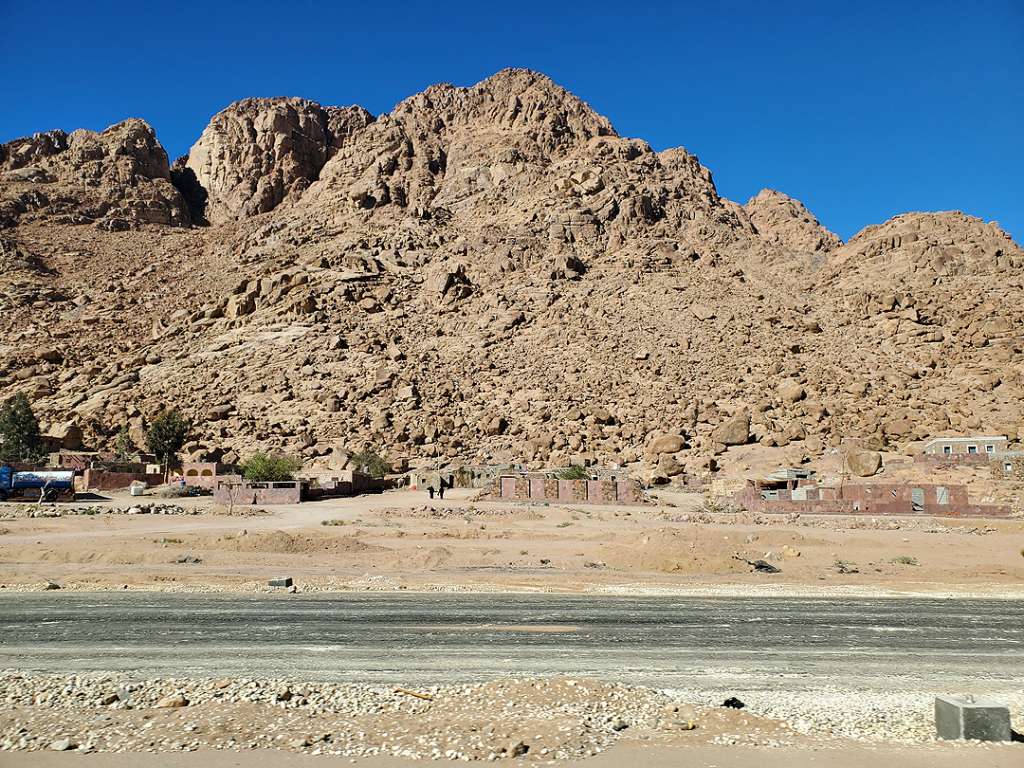
Camels, regarded as a gift from God, serve as a main form of transportation and are often eaten when wounded or close to death due to age. The average life expectancy of a camel is 40 to 50 years. Mansal is considered the Bedouin’s most famous dish, made with goat or lamb cooked in a soup, which consists of Jameed (a dehydrated salted Labneh made with goat’s milk), but is generally only served for celebrations. Their daily diet is a simple one, primarily of beans and vegetables, grown in al-sidda, between two hills, in the open air, and watered by rainfall.
Salaam contradicted the quoted Bedouin apothegm about strangers, and explained, that the Bedouin People are renowned for their hospitality, to the point of having three-day-long feasts for complete strangers without even knowing their name. I asked him, what about this stranger who is currently speaking with you now? He smiled, You’re not a stranger, Ed… and by the look of you, it appears you’ve never missed a meal in your life. I forced a smile back to our guide, who had patiently explained many things to me which I should have already known.
He continued with his narration, Bedouins remain Muslims, who observe the “Call to Prayer,” and will face Mecca from the desert. But with the scarcity or complete absence of water, they still manage to obey the Muslin traditions of cleanliness and respect, and will cleanse themselves with sand.
Since the mid-1980s, the Bedouins have no land rights of their own coastal properties as they were sold by the Egyptian government to hotel operators, such as our own five-star lodging at Sharm El Sheikh.
As our van continued its route to Saint Catherine’s Monastery, I could see camps with empty homes of concrete and stone made by the Egyptian Government for the Bedouins to live for free. And Salaam explained, “The Bedouin People are humble and frugal, and not comfortable with handouts and a life on the government dole, preferring the comfort of liberty, living in open-air traditional shelters of yarn, palm fronds and mangrove poles, constructed by themselves.” Amazing, I thought, how very different than my own nation’s billionaire clans, who always appeared to be so fond of receiving handouts from select government clans.
But where are all the people?
Salaam replied with a shrug, They are in a world without time.
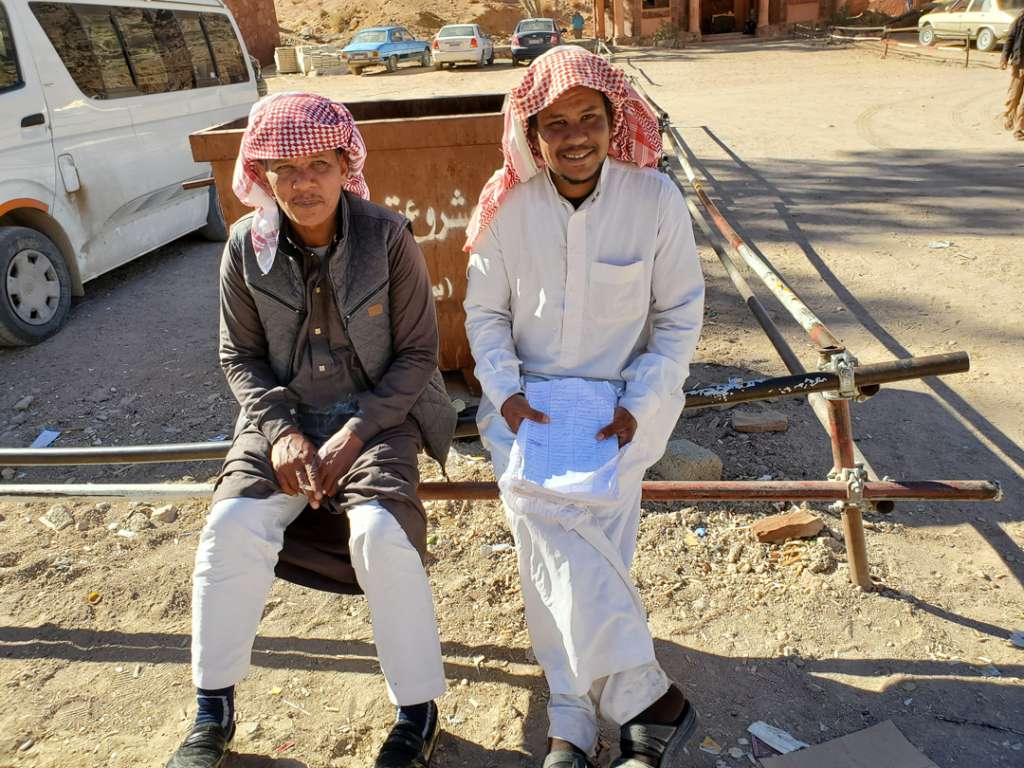
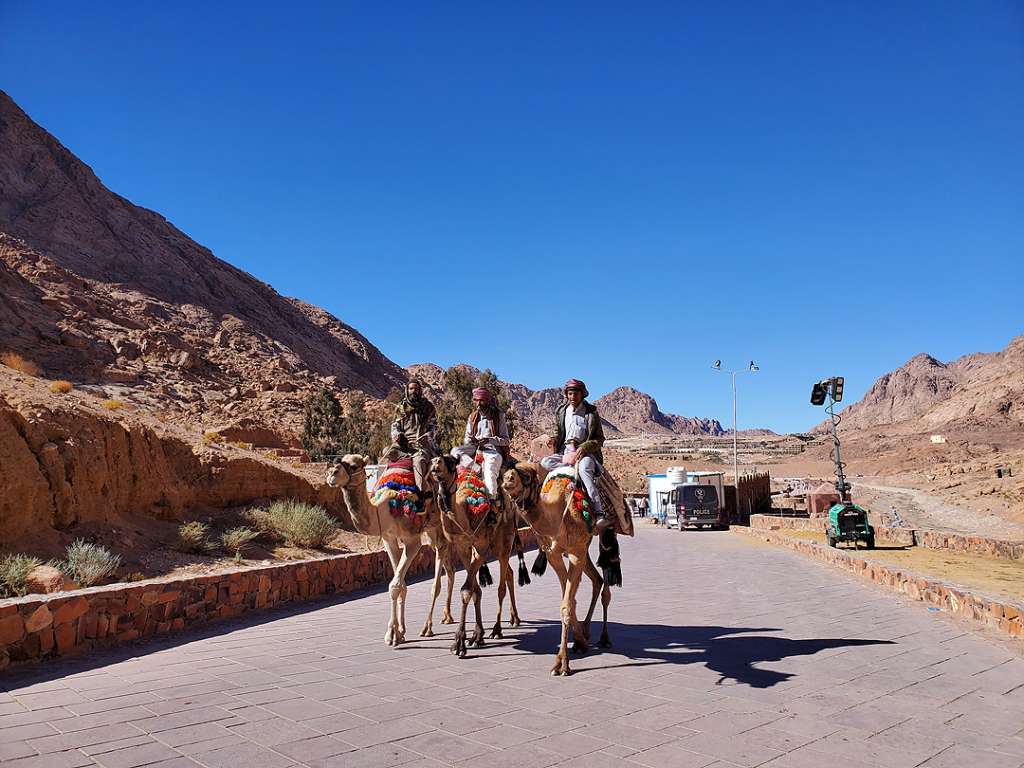
And finally, at last, we took our first look at the handsome Bedouin People, whose life still remains a mystery to us. They were at the gates of Saint Catherine’s Monastery to greet us, with an offer for a slight fee, to take escorted camel rides to Sinai’s mountain top. But the cheapscape inside of me, realized that cost of admission to enter the monastery, included the treasures inside, which seemed more important than an authentic Bedouin camel ride.
And, with apologizes to the gallant Bedouin People, who were simply trying to earn an honest dollar in order to survive in the cruel and unforgiving desert land, which the world calls the Peninsula of Sinai.
Related Articles:
- Part Three: Saint Catherine’s Monastery, more Russians, Bedouins and camels, a redefining seafood meal on the Red Sea, Back to Sharm El Sheikh for an undersea adventure in the Red Sea.
- Egypt: A personal interpretation of its land, people and antiquities, Part 1























Egypt: A personal interpretation of its land, people and antiquities, Part 1 – Traveling Boy
April 3, 2024 at 7:40 am
[…] before I tackle Installment, Part II, I couldn’t resist including the above photo taken while I was on the Nile riverboat journey. […]
Art
April 3, 2024 at 10:02 am
Actually, the reason God made them wander for 40 years was due to their lack of faith. Moses led the Israelites to the edge of the land of Canaan (The Promised Land) and Moses sent out 12 spies (book of Numbers in the Bible, Chapter 13) to assess what they were up against to conquer the land. They spies came back with troubling reports that the land was occupied by powerful men and they had no chance of victory. Only Joshua and Caleb had faith that they would conquer the land as God had promised. They were outvoted and that fatal decision forced Moses to turn around and let the Israelites wander for 40 years for their lack of faith.
Ed
April 3, 2024 at 7:26 pm
Hi, Art… I appreciate your comment and the education. Sad to say, I’ve actually never read the Bible, but have heard a lot about. It just occurred to me that I could now buy one for $60, but not sure where the commission will go. Thanks again, Art, and please continue to respond to any theme of your choice. Ed
Johnny
April 3, 2024 at 5:13 pm
I heard there were Bedouins in Nigeria, Africa. Do you think they are of the same tribal ancestry? These Nigerian Bedouins were goat and cattle herders. They minded their own business and the rest of the population minded theirs as well.
Ed
April 5, 2024 at 6:53 pm
Thank you, Johnny, i appreciate your interesting question regarding if the Bedouin People live in Nigeria. Not sure if this helps to answer your question. Based on info i just read: Nigeria’s distinctive regions, include deserts, plains, swamps, mountains, and steamy jungles. It has one of the largest river systems in the world, including the Niger Delta, the third largest delta on Earth. The Bedouin, of course, are desert dealers, and Africa has many arid lands, but not certain if any Bedouin People consider Nigeria to be their home. If you don’t mind, I’ll forward your question to T-Boy’s designer, Raoul Pascual, who has a far great understanding of Global history and how it relates to the Bedouin.
William
April 3, 2024 at 5:18 pm
The food sounded so delicious. Would you say the Egyptian food is hot and spicy like Indian food? Or is it more bland like British “Fish and Chips?”
Do they use curry or some mysterious ingredient?
Audrey Hart
April 4, 2024 at 7:26 am
Thank you, William… Ed handed off your question to me. When I toured Egypt, i enjoyed their many culinary highpoints, which i found had very strong flavors, but were not overwhelmed with hot chili pepper. If you’re like me, i believe spices are intended to accent the natural flavors of a dish, not to disguise or overwhelm them where they take on the flavor of the peppers, which people often do by pouring too much hot chili pepper salsa on a dish. This takes us back to the middle ages before the advent of refrigeration, where strong spices were used on spoiled food.
Ed
April 4, 2024 at 3:53 pm
Hey, William…
No doubt, you noticed Audrey’s reply to your thought provoking question. You reminded me of the British Empire’s colonialism of over 25% of the world, which, of course, included Egypt. To be honest, now that you asked, I didn’t realize there was any British influence. I think it was more of the food and spices, like curry and tea, from India and China, that influenced British cooking. In my last trip to England there was a new statistic, which indicated that curry is now the popular dish on the island, overtaking traditional British Fish and Fish, where curry is basically poured over everything, including chips.
Sandra
April 3, 2024 at 5:19 pm
Is the air dry or muggy? Were there any pests like flies and mosquitoes?
Ed
April 4, 2024 at 3:52 pm
Hi, Sandra. Thank you for your question. Funny, you just made me realize that, if the weather is extremely hot or cold, I generally don’t even notice which often leads me to wear inappropriate clothing. But, as you ask about Egypt, it is large nation that is spread over two continents, Africa and Asia. North Africa, which includes the Sahara Desert, is hot, and, in the Asian side, where I’ve only been to the Sinai Peninsula, it was cool when you’re close to the Red Sea. But in the desert it was almost unbearably hot. In our next installment about Egypt, I cover a trip to St Catherine’s Monastery below Mt Sinai, where it was very much a battle with heat, where it was almost a miracle that the Coptic Christian monks managed to survive… now that i think more about it, maybe it really was a miracle. Ed
Egypt, Part III: Saint Catherine’s Monastery – Traveling Boy
April 17, 2024 at 5:21 pm
[…] Egypt, Part II: The Sinai Peninsula […]